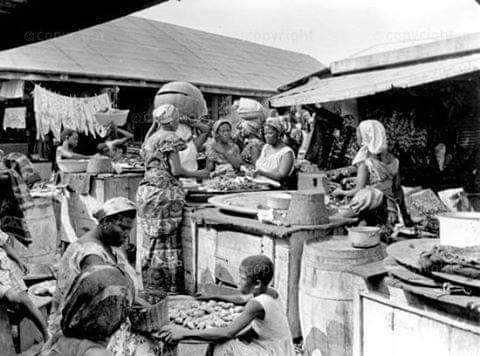Tsiame & the clan
Traditions about the Tsiame indicate that this group first occupied the area on which the present town of Tsiame is located, immediately north of Anloga on the northern side of the Keta Lagoon. There the Tsiame established their own polity, which gained considerable influence in the area by the beginning of the eighteenth century because of the reputation of their gods, Tsali and Tesi. The narratives about these gods first recorded in the late nineteenth century have no doubt, been modified from a variety of social and political purposes since the early eighteenth century.
Prior to The Agaves becoming the awadada of Anlo, and between 1702-1730 the Akwamu dominated both Tsiame and Agave areas and soon afterwards the two launched military expeditions to gain control over those areas on the Keta Lagoon inhabited by the Tefle, the Agave, and the Abolo. By 1750 a number of Tsiames had immigrated to the Anlo area and were encouraged presumably on the basis of their leadership abilities and their association with their gods Tsali and Tesi to provide the commander of the Anlo military. The Tsiames on the invitation of Awoamefia Togbui Akpotsui, who sought to use the Tsiame’s reputation for spiritual power to boost his own status and position of the Anlos.
The most notable of these Tsiame military leaders was Adagla, who is remembered in Anlo oral traditions as having lead the Anlo in war agains the Adas in the 1751 Abalenu war. Their defeat is said to have prompted Adagla to commit suicide. Thereafter the Agaves provided the leader of the Anlo army.
In 1877 Hornberger recorded traditions that described the Akwamu as brothers of the Anlo, all of whom left their ancestral homeland, Notsie, together. The tradition goes on to state that the Akwamu split off from the Anlo at some point in their westward journey and settled in a different area. But this could not erase the fact that they are still brothers. It was also argued that the Tsiames reinforced their right to install their candidate as awadada by identifying their ancestor, Akplomeda (the thrown spear) as an Akwamu.
More recent genealogies on Anlo traditions in the twentieth century has dispersed the idea that Tsiame ancestor Akplomeda was an Akwamu. He is said to be the direct patrilineal descendant of Togbui Egbe.—-Next we shall look at Tsali and Tesi.
source:Sandra E Greene
This post has already been read 3222 times!







Post Comment